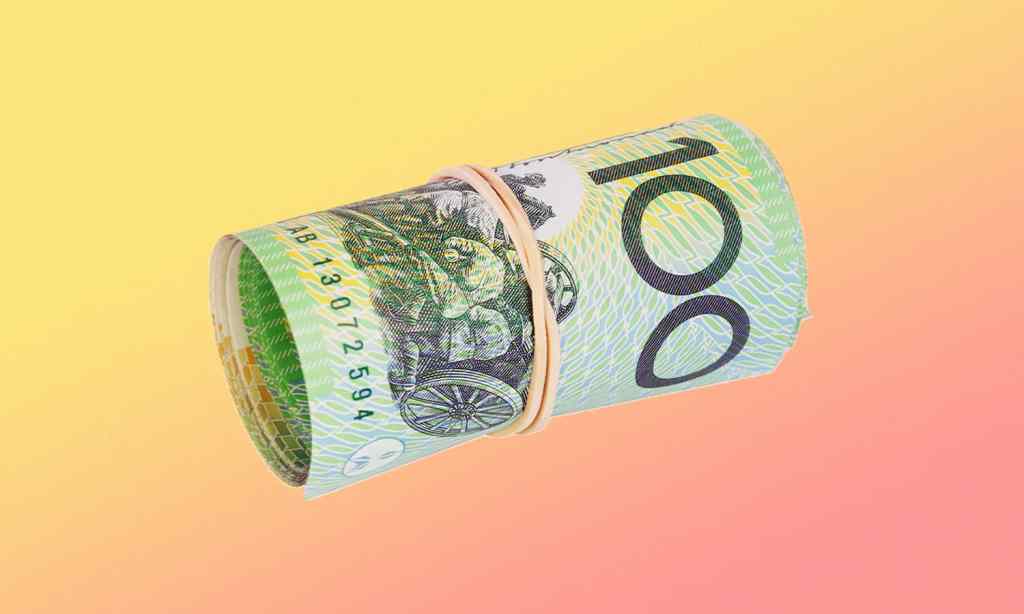It’s no secret that cost of living expenses are running away from household budgets and the government appears to be scrambling to try and slow things down.
One such measure is the announcement of a boost to family payments and pensions which could see more than 1.4 million Aussie families up to $255 better off.
The changes, which come into effect from July 1, involve a lot of tweaks to tax codes around pensions and rates for families of all shapes and sizes which you should see at the end of your statement come tax time, as well as the upfront increase of family benefit payments.
Social Services Minister, Amanda Rishworth, explained that these changes are explicitly targeted at families and pensioners to deal with the ongoing cost of living crisis.
Family Tax Benefit Part A — which is paid per child — will increase by up to $204.40 per year for families with a child under 13 years, and $255.50 per year for those with a child 13 years and over.
Family Tax Benefit Part B — paid per family and targeted at single parents and those families on single incomes — will increase by up to $164.25 per year for families whose youngest child is under five and $116.80 per year for those whose youngest child is aged five to 18.
There are also increases to the amount of income or assets that those getting Age Pension, Disability Support Pension, and Carer Payments, can have before their payments become affected.
“The indexation process complements the levers we are pulling across portfolios to help address the rising cost of living,” she said.
“We will continue to support Australians by cutting the cost of medicines on the PBS, freezing deeming rates for pensioners, expanding access to the Commonwealth Seniors Health Card, lowering energy costs and making child care cheaper.”
Those who receive other family payments, such as Multiple Birth Allowance and Newborn Supplement, will also receive an increase. The full list of changes can be seen here.
Benefits and allowances are tied to increases in inflation and are regularly reviewed by the government. FTB Part A is only due to those families with a taxable combined income of $80,000 or less while FTB Part B is available to those with children under the age of 13 and a single household income stream of less than $100,900. You can read the full eligibility criteria for FTB Part A here and the criteria for FTB Part B here.
Read more stories from The Latch and subscribe to our email newsletter.







